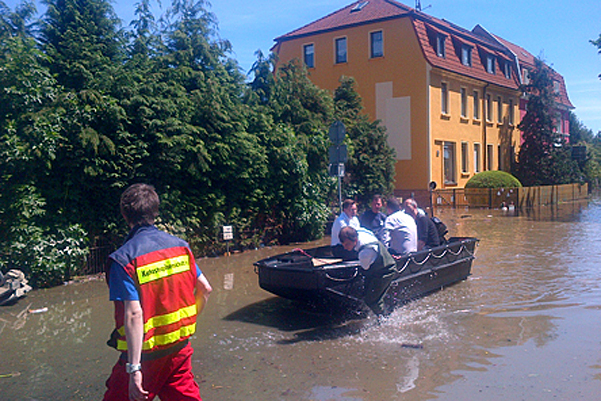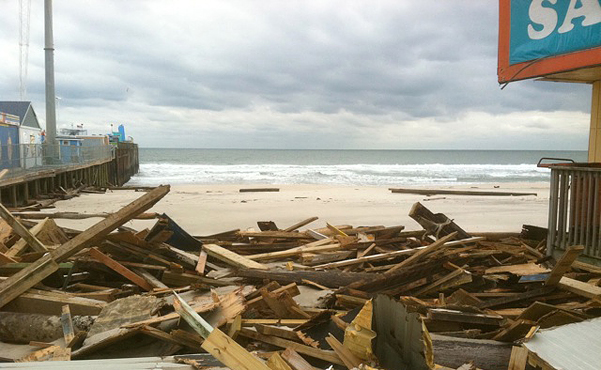Mr. Ahmed – the floods in parts of Germany and the tornado in USA a few weeks ago again showed us quite plainly how threatening natural catastrophes can be. What’s the size of the damage and is Allianz Re impacted?
Amer Ahmed: The damage in Oklahoma was immense, as we could see from the television reports. First estimates talk about a minimum of 2-3 bn US-dollars in insured losses. For Allianz, however, the impact is very limited. This is due to the business volume we have in the region. The flooding in Germany and neighboring countries is a major event that is still ongoing. It is still too early to estimate losses in total or for Allianz.
In 2012, reinsurers experienced a year of low losses. Is the tornado a signal that this year could be worse again?
You know, there are a lot of tornados every year in that region of the US. I think on that day when the catastrophe hit Moore, 16 more tornados happened. The important factor is always whether a tornado hits a highly populated region. You can’t draw any conclusions from one event for an entire season.
The US hurricane season is coming up. What’s your forecast?
Experts’ estimates anticipate an above-average hurricane activity this season. But you have to be careful when it comes to these kinds of statements. The models they use include a number of parameters, like the water temperature in the Atlantic Ocean and allow the experts to forecast how many hurricanes might develop over the season. And those forecasts actually have a quite high accuracy. But the decisive question for us is always whether this hurricanes will make landfall or not, and that’s a lot harder to predict.


